Anti Aging Services Size
Anti-Aging Services Market Growth Projections and Opportunities
The Anti-Aging Services Market is estimated to reach USD 12.5 Billion by 2030 with 5.4% CAGR over the period 2022-2030. Diverse factors act as catalysts to the market of anti-aging services while at the same time they align to form a bigger picture that defines the nature and growth of the industry. A massively important factor here is a growing global aging population around the world. With the increasing proportion of people in the senior age group, the demand for products and services related to aging issues becomes more urgent. This demographic change brings on the expansion of the market for anti-aging products that generates business opportunities for care providers to accommodate the varying requirements.
Another important point is the importance of consumer awareness and education. Once people become aware of such services against aging and their respective advantages the requests for such services inevitably increase. The information impartation via different transmitters, including online platforms, designs how consumers perceive aging and becomes channelers of proactiveness of this phenomenon, fueling the rise of the anti-aging services market.
Economic issues, too, also play an important part to play. Rotating additional incomes in many regions motivates people to spend on anti-aging services. The purchasing power of customers, something that can be used to expand the market for high cost services and products contributing to more profitable terrain for service providers. On the other hand, the economy downturns may lead to volatility in consumption of non-essential services, which consequently can be a factor hindering the development of the market.
Cultural and societal stances towards aging are what shape the specificities of the market. Societies that give preference to youthfulness and value an attractive outlook naturally get higher values of anti-aging services. The ideas of beauty and cultural norms determine the development of service trends, often leading to the services being promoted in different areas.
Regulatory fullness has an irreplaceable role in a fact that the maternity is assured and anti-aging services are effective. High standards and strict regulations as well as the supervision of health authorities are necessary to avoid the multiplying of unregulated or unsafe activities besides ensuring the continuous confidence of consumers. Orders imposed by these regulations, in addition, are both for consumers' safety and responsible industry behavior, then, durability is assured.
The market competitiveness is significantly impacted by the presence of various service providers including dermatology clinics, cosmetic surgery centers, and wellness spas. Cutthroat competition in the market expansion requires innovations and pushes providers to distinguish themselves through niche provision of care or the use of cutting-edge, new technology. This contest highly benefits consumers, as it gives them a good chance to choose, and it motivates manufacturers to be creative in their innovations.
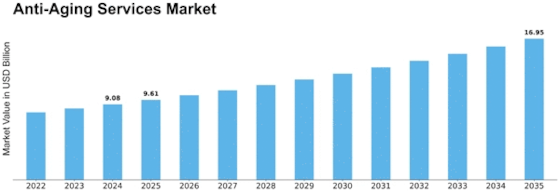


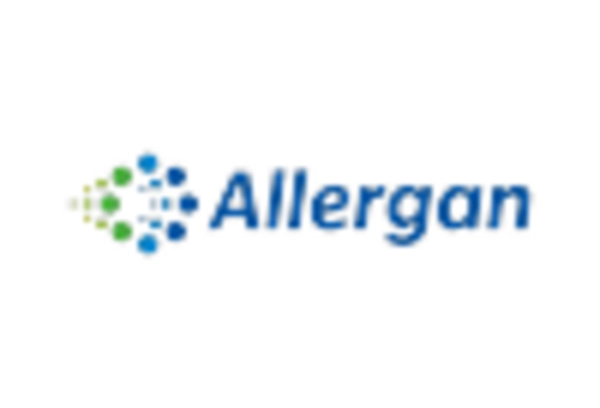


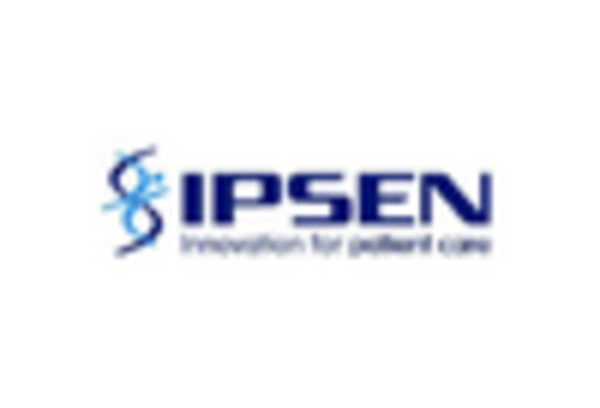
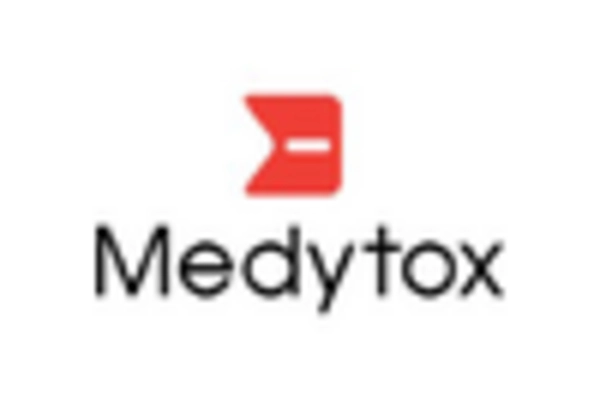
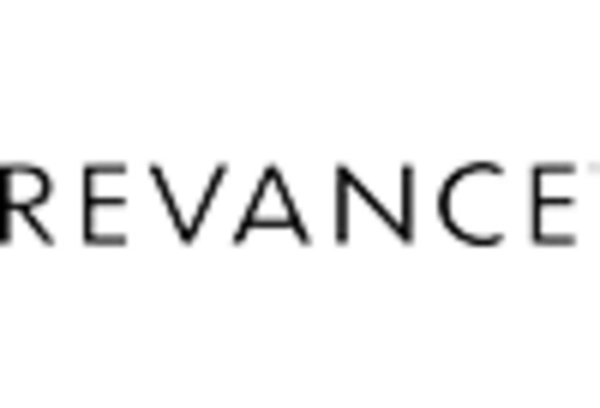









Leave a Comment